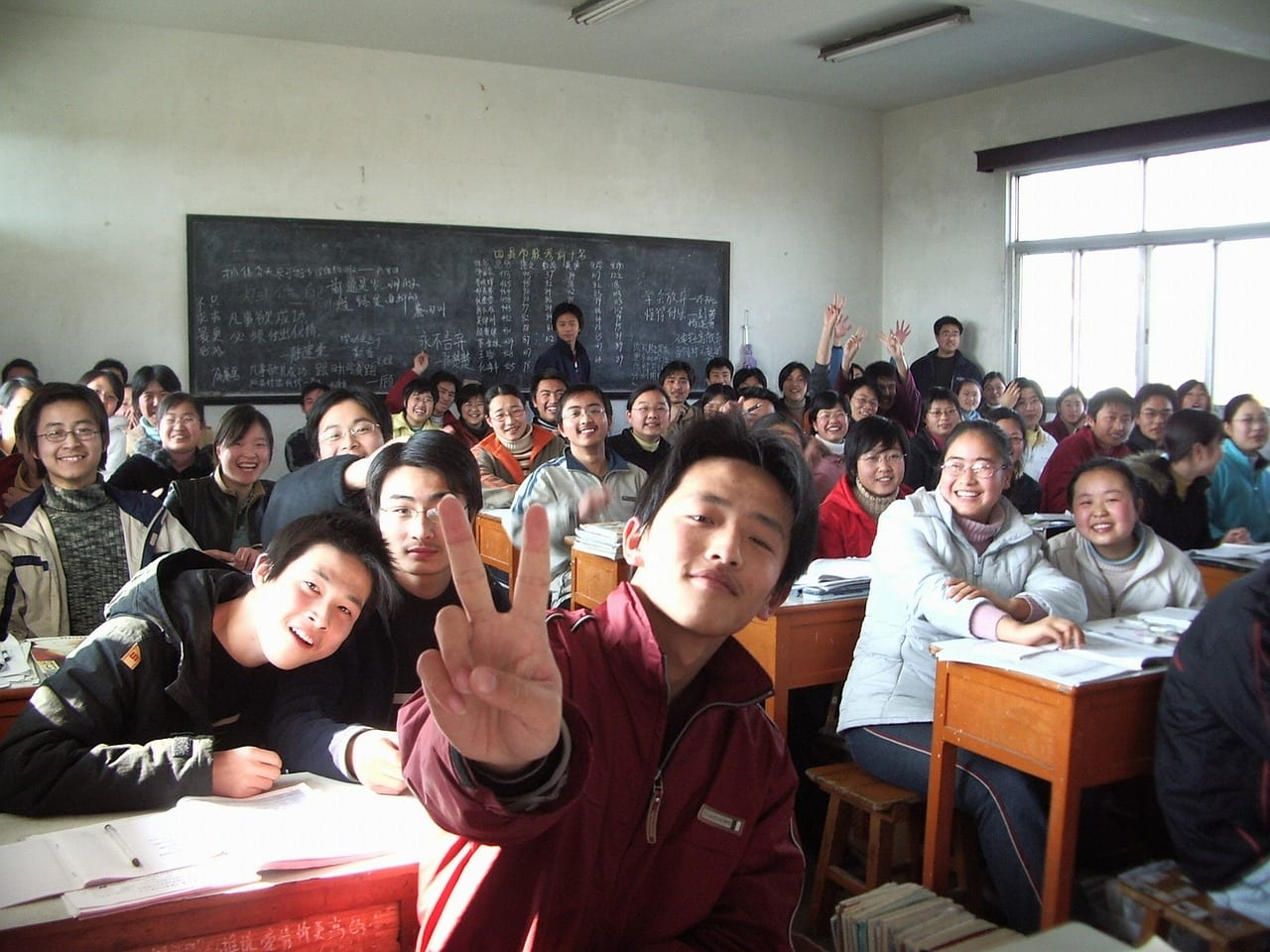This blog has recently gained many new readers. Because of that, I thought it might be worth sharing a “A Look Back” where I periodically share my choices for the most important posts from the past twelve years. You can also see all of my choices for “Best” posts here.
This post appeared earlier this year.

PublicDomainPictures / Pixabay
The Rand Corporation recently published a fairly big study on the use of restorative practices in Pittsburgh schools. You can read Can Restorative Practices Improve School Climate and Curb Suspensions? (it’s not behind a paywall). I learned about it through an article in the Atlantic that has the strange headline How to Turn Schools Into Happier Places. Not only is the headline weird but, after reading the study itself, I don’t think the article does a very accurate job of explaining its results.
It does seem like school staff were seriously trained and supported, and applied, the basic elements of restorative practices including relationship-building and community circles.
A very quick and rough summary of the results are that suspensions were reduced, primarily at the elementary school level; teachers felt positive about the change in school climate; and academic achievement was not affected, expect at middle school, where it actually went down.
I’m sure organizing a multi-school research project is a big undertaking. However, any teacher or administrator who reviews this study are going to be disappointed at two huge missed opportunities:
The researchers only interviewed teachers and didn’t interview any students.
They didn’t track any data on student referrals to the office.
Lots of research is still needed on restorative practices, especially in high schools (one excellent aspect of this study is that I don’t think you’ll find a better review anywhere of the studies that have already been done on the topic).
I hope those future studies don’t miss the same opportunities as this one did….
I’m adding this post to The Best Resources For Learning About Restorative Practices – Help Me Find More.
ADDENDUM: Chalkbeat has also published an analysis of the study.
ADDENDUM TWO: Ed Source also has their own analysis.
Restorative practices don’t hurt Black students’ test scores, social inequities do! If this is what we are calling ‘gold standard’ research, then give me the other kind that doesn’t glitter. We need culturally responsive research. https://t.co/j0sjP5dfAG
— David E. Kirkland (@davidekirkland) January 7, 2019



Recent Comments